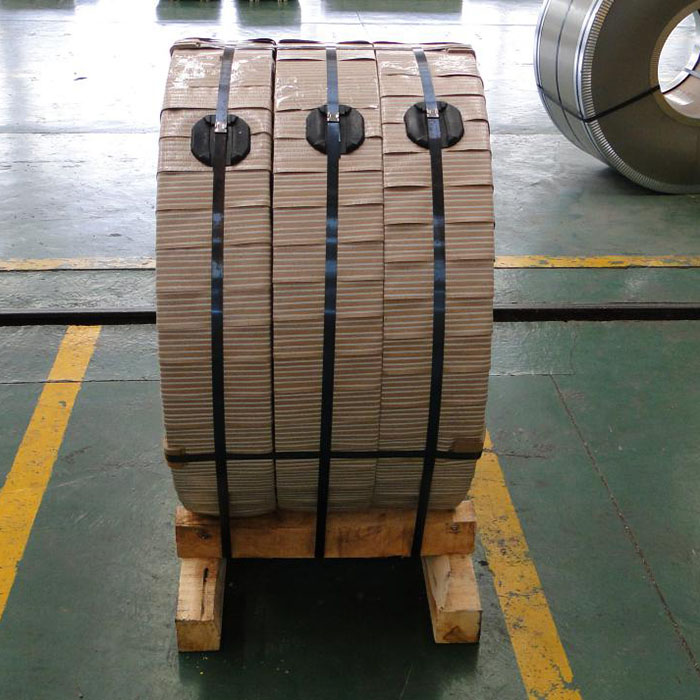

Testing the chemical composition of 321 stainless steel coils for compliance with standards typically requires chemical analysis. The following are some commonly used testing methods:
1. Spectroscopic Analysis
Principle: X-ray fluorescence (XRF) is a non-destructive elemental analysis method. It exposes a sample to X-rays, stimulating the fluorescence emission of elements within the sample. Spectroscopic analysis then determines the elemental content.
Application: XRF can quickly and accurately detect the main alloying elements in stainless steel and compare them with standard compositions to determine whether the chemical composition of 321 stainless steel meets the requirements.
2. Spectroscopic Arc Method
Principle: Plasma spectroscopy uses high-temperature plasma to excite elements within the sample, causing them to emit specific spectral lines, allowing the determination of the element's type and concentration.
Application: This method offers high sensitivity and accuracy for multiple elements within stainless steel, enabling detailed analysis of the sample's chemical composition.
3. Chemical Titration
Principle: A sample is dissolved and reacted with a chemical reagent of known concentration. The changes observed during the titration process allow the determination of the content of a specific element. For example, chloride, phosphorus, and sulfur can often be determined using titration. Application: This method is suitable for detecting certain elements in stainless steel, but requires relatively delicate experimental procedures.
4. Combustion Method
Principle: This method involves burning a sample, causing the carbon and sulfur in it to react with oxygen to produce carbon dioxide and sulfur dioxide. The carbon and sulfur contents are determined by measuring the amounts of these gases.
Application: Suitable for detecting the carbon and sulfur contents in stainless steel.
5. Chemical Dissolution and Chromatography
Principle: The stainless steel sample is dissolved in an appropriate acid or solvent, and the resulting solution is analyzed using gas chromatography or liquid chromatography to determine the trace element content in the sample.
Application: This method provides high-precision analysis for detecting trace elements in stainless steel.
6. Spectroscopic Emission Method
Principle: A spectroscopic emission photometer is used to analyze metallic elements. A high-temperature flame or electric arc excites the metallic element, causing it to emit specific spectral wavelengths. The intensity of the emission is measured by a photometer to determine the elemental content.
Application: Commonly used to determine the content of alloying elements in stainless steel.
7. Microanalysis Method
Principle: Scanning electron microscopy combined with energy dispersive spectroscopy (EDS) allows for high-resolution observation of the surface of stainless steel and simultaneous detection of surface element distribution.
Application: Suitable for analyzing the local composition and microstructure of stainless steel, particularly when the sample surface contains impurities or exhibits significant changes.
Testing Steps:
Sample Preparation: Collect the sample and perform appropriate processing as required.
Selecting the Appropriate Testing Method: Select the appropriate analysis method based on the element being tested and the required accuracy.
Comparison Standard: Compare the test results with the chemical composition standard for 321 stainless steel. According to GB/T 4237-2015 and other relevant standards, the main components of 321 stainless steel are: carbon (C) content ≤ 0.08%, sulfur (S) content ≤ 0.03%, phosphorus (P) content ≤ 0.045%, chromium (Cr) content 17-19%, nickel (Ni) content 9-12%, titanium (Ti) content ≥ 5 × C%, with other trace elements controlled.
Conclusion: Through the above chemical analysis methods, it is possible to accurately determine whether the chemical composition of 321 stainless steel coils meets the standard requirements. These methods usually need to be performed in a laboratory and should be operated by professionals to ensure the accuracy of the results.
